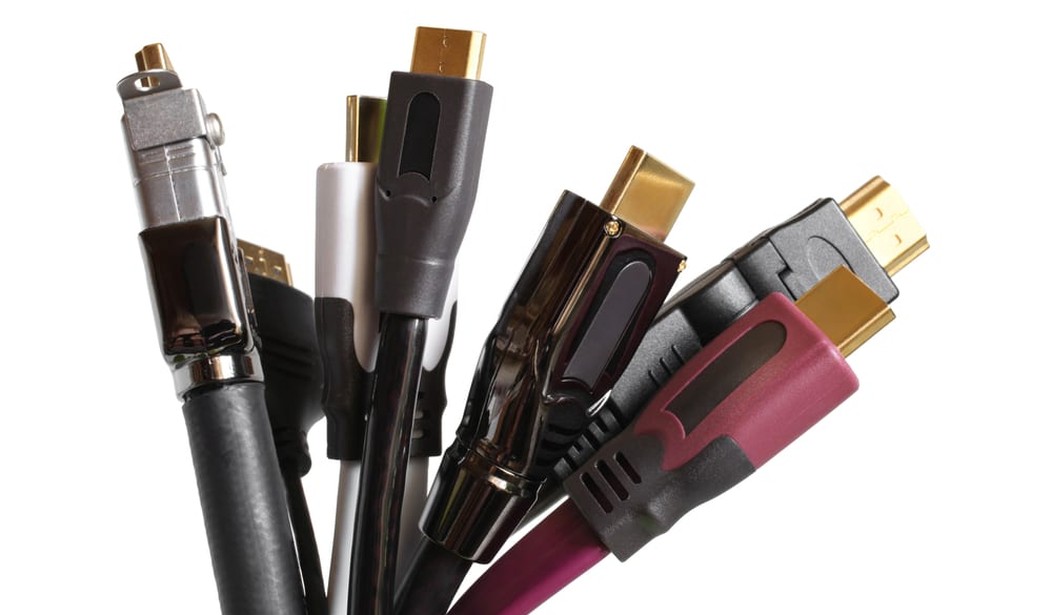As more retailers shrink and close their doors, it’s easy to feel sorry for them. But often it’s the result of an inefficient distribution system that penalizes us with higher prices in exchange for the physical stores and salespeople. For some products, there is value in the stores and personal services, such as when shopping for clothing, cosmetics, and furniture. But there are other areas that are ripe for disruption.
One example has been computer cables, something we need but don’t pay much attention to. They just need to be functional, while appearance is unimportant.
Cable sales were once dominated by Belkin and Monster Cable, companies that sourced their products from China, put them in beautiful packaging, and then marked them up five to ten times their cost. Monster, in particular, exaggerated the facts about performance to justify their high price and to convince us to buy.
Retailers were also complicit in adding their markups of two to three times and keeping out the lower-priced brands. Some of the retailers even convinced the printer manufacturers not to include $3 printer cables so they could charge their customers $25 for them when they bought a printer.
It’s hard to feel sorry for companies that took advantage of us and forced us to pay higher prices because of inefficiency and greed.
In the early 2000s, along came a small Southern California company called Monoprice at about the same time the HDMI cable was invented to use with our large-screen high-definition TVs. This important new cable was in high demand and retailed for a whopping $80 from Monster. Then Monoprice offered it for just $8, turning the cable business upside-down. It hasn’t been the same since.
Monster, which made its name in the audio cable field, was always despised by most technical people, who were put off by their unsubstantiated claims of superiority. When Monoprice offered an alternative, the company attracted huge attention from the technical community. Suddenly Monoprice became the monster slayers and the good guys, offering an equivalent product at a fraction of the cost.
(Their products were equivalent to what we could buy in retail stores because Monoprice eliminated the retailer and had a much lower markup than Monster or Belkin. While a cable might cost $3, Monoprice sold it for $5. But a Monster-branded version might sell in Staples for $25, giving the retailer a $14 profit and Monster an $8 profit.)
Word spread quickly on the social networks, technical forums, and blogs about this alternative. Monoprice became the name everyone would recommend to their friends and neighbors who were put off by the expensive cables. The company addressed any concerns about quality by offering fast shipping, a liberal guarantee, and good customer service.
Today Monoprice is a $150 million company with several hundred employees and growing at about 35 percent per year. They sell one million cables per month among their 6000 unique products.
Their focus has been on accessories, from cables to keyboards to adapters to audio and much more. They’ve recently expanded into appliances and 3D printers. The one thing that’s consistent is that their products are often priced 30-50 percent lower than the competition, and in some cases, even lower. They currently offer a 3D printer for about $200, less than one-fifth the cost of other brands.
While Monoprice doesn’t sell to retail, a company spokesman told me that many retailers are now buying their cables and selling them to their customers with a modest markup.
What’s interesting about Monoprice is how one small company decided that we were being ripped off on the price of cables and decided to do something about it. And today they sell an HDMI cable for about two dollars.









Join the conversation as a VIP Member